CRM / ERP
CRM stands for Customer Relationship Management, while ERP stands for Enterprise Resource Planning. Both are essential software systems used by businesses to manage various aspects of their operations, though they focus on different areas.
CRM is primarily focused on managing interactions and relationships with customers. It helps businesses track customer interactions across multiple channels, manage leads, streamline sales processes, and provide better customer service. CRM systems typically include features like contact management, sales automation, marketing automation, and customer support.
ERP, on the other hand, is a broader system that integrates various aspects of a company's operations into one comprehensive platform. It helps businesses manage resources such as finances, human resources, inventory, supply chain, and more. ERP systems streamline processes, improve efficiency, and provide real-time insights into business operations.


